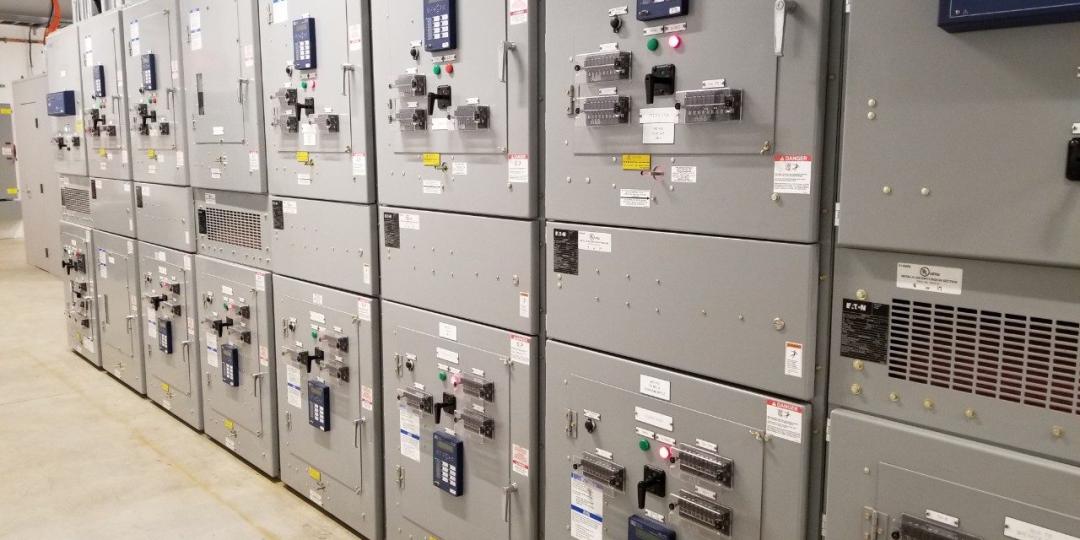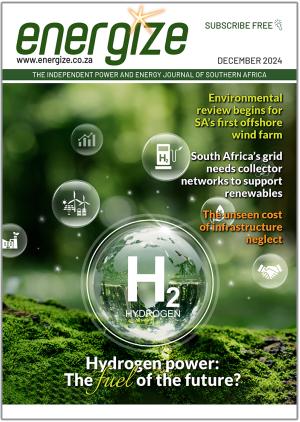by Marcel Buckner, Eaton

With the electric power industry responsible for 80% of total annual SF6 gas emissions, the move to alternative, more sustainable solutions has never been more urgent. Of all the F-gases, SF6 is the most potent, with a significant impact on global warming.
Once the Kyoto Protocol and the EU F-gas regulations were adopted, SF6 emissions progressively decreased. However, from 2015, emissions began increasing again, in tandem with the growth in demand of switchgear for decentralised electricity (PV, wind farms) – making the shift to SF6-free switchgear more pressing than ever.
The dangers of SF6-filled switchgear to the environment
SF6 is sulphur hexafluoride, which tops the list of the most harmful greenhouse gases (GHG) as it is 23 500 times more potent than carbon dioxide (CO2). It stays in the atmosphere for 3200 years, with a global warming potential (GWP) of around 22 800.
One kilogram of SF6 leaked into the atmosphere has the same warming effect as 23 500 kg of CO2, making it the most polluting gas known to man.
When SF6 gas is heated above 300°C, very toxic by-products can be formed over the life cycle of the switchgear – typically 40 to 50 years. Even more serious is the issue of disposal of these by-products at the end of the equipment life cycle.

SF6 alternatives for switchgear
With its commitment to moving beyond SF6 in medium-voltage switchgear, Eaton uses alternatives which are cost-effective, technically feasible, energy-efficient, and reliable.
SF6 -free switchgear has been around for 60 years, and it is better suited to scenarios where frequent switching is required. It has comparable current ratings, short circuit ratings, and physical size. There is no technical barrier to its deployment.
As the world shifts towards reducing carbon emissions, SF6-free switchgear will not only help keep companies compliant with the Kyoto Protocol, but it will also have a significant impact on the fight against global warming.
For more information visit www.eaton.com















